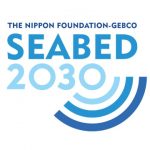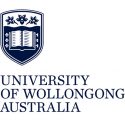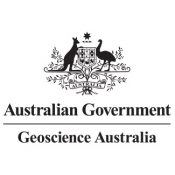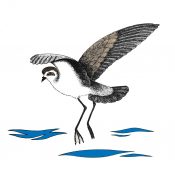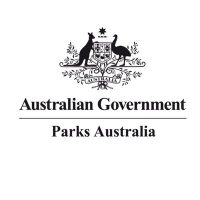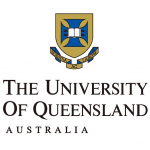Schmidt Ocean Institute in partnership with The Nippon Foundation-GEBCO Seabed 2030, alongside collaborating researchers from Australia, will bring in the New Year on a mission– mapping significant areas of the seafloor of the Tasman and Coral Seas, offshore Queensland, Australia. The expedition is a part of the global effort to map the seabed in its entirety by the year 2030, which will aid in ocean research, management, and economic development for future generations. Bathymetric maps of the Tasman and Coral Seas are especially valuable, as the shape of the seafloor holds information about the tectonic movement and the formation of the Australian continent. Along the way, researchers will additionally survey seabirds, which are important indicators of ocean health. The effort will be led by Dr. Robin Beaman from James Cook University and Dr. Helen Bostock from The University of Queensland, as they oversee an interdisciplinary team from across Oceania. The scientists will be joined by Australia-based artist, Jessica Leitmanis, who will work to create pieces inspired by the expedition. The data collected from the expedition are vital for zoning and management of the Coral Sea Marine Park, and will be some of the first data collected in 2021 for the start of the UN Decade of Ocean Science.
Uncharted Plateaus and Extinct Volcanoes
The Tasman and Coral Seas are made up of deep sea basins, as well as plateaux and ridges. These basins, plateaux and ridges were created by the breaking apart and thinning of continental crust in the region during the late Cretaceous, approximately 110-80 million years ago. After this period, the seafloor began to spread, generating new oceanic crust until about 52 million years ago. The breaking up of the continental crust resulted in fragmented blocks of micro-continents spread across the region. This was followed by a subsequent period of volcanism and land subsidence during the early Eocene around 52 to 48 million years ago. This volcanic hotspot activity resulted in the formation of the Tasmantid Seamounts – a north-south chain of volcanoes in the centre of the Tasman Sea. The Tasmantid Seamounts are analogous to the Hawaiian archipelago in their formation.
Despite this knowledge about the formation of the Tasman and Coral Seas, the seafloor of this region is still poorly mapped and characterized. The expedition will focus on mapping key seafloor features in the area, such as the plateaux, ridges and seamounts. Understanding the full topographic complexity of the Tasman and Coral Seas will aid in advancing tectonic and geological studies, as well as providing critical information for the management of the Coral Sea Marine Park.
Contributing to a Global Effort
The seafloor mapping data will be uploaded into the Nippon Foundation and GEBCO’s Seabed 2030 database and to the AusSeabed Marine Data Portal, making the maps publicly available for all. Uploading the maps to the Seabed 2030 database is part of an ongoing global effort to map the Earth’s entire seafloor by the year 2030. At the beginning of Nippon Foundation and GEBCO’S project the seafloor was mapped at six percent. Nineteen percent of the seafloor is now accounted for due to this impressive enterprise. Having a complete map of the entire ocean floor will aid in our understanding of ocean circulation patterns, which affect the Earth’s climate and weather. Seafloor maps are also vital for sustainable development of the Blue Economy, for natural hazard mitigation, and for the establishment of marine reserves and protected areas.
While the ocean is typically thought of as a frontier, it is more often than not a multi-use space where many different people and activities interact. The Blue Economy is estimated to be worth 1.5 trillion dollars a year and creates the equivalent of 31 million full-time jobs globally. Understanding the detailed complexity of underwater landscapes, or seascapes, through bathymetry mapping aids in knowing where to lay cables for trans-continental communication, specific areas to target fishing efforts, and which spaces in the sea should be protected for their biodiversity. Seafloor mapping is necessary for ensuring sustainable development of the global ocean and for preserving ocean health for future generations.
Seabirds as Indicators
A secondary goal for this expedition is to survey seabird populations throughout the voyage. Seabird distribution is highly dependent on where their prey, such as fish and krill, are concentrated. Prey concentration is highly dependent on oceanographic conditions, which fluctuate over space and time. Large numbers of seabirds in one area are excellent indicators of ocean productivity. By observing where seabirds are in space and time, we gain a greater understanding of changing ocean conditions and can identify the more productive areas in the ocean. Seabirds are also highly sensitive to environmental change, so by understanding the health of seabird populations, we gain a clearer understanding into the health of our oceans. Identifying areas where seabirds visit regularly can also help to determine areas where marine protected areas should be established.
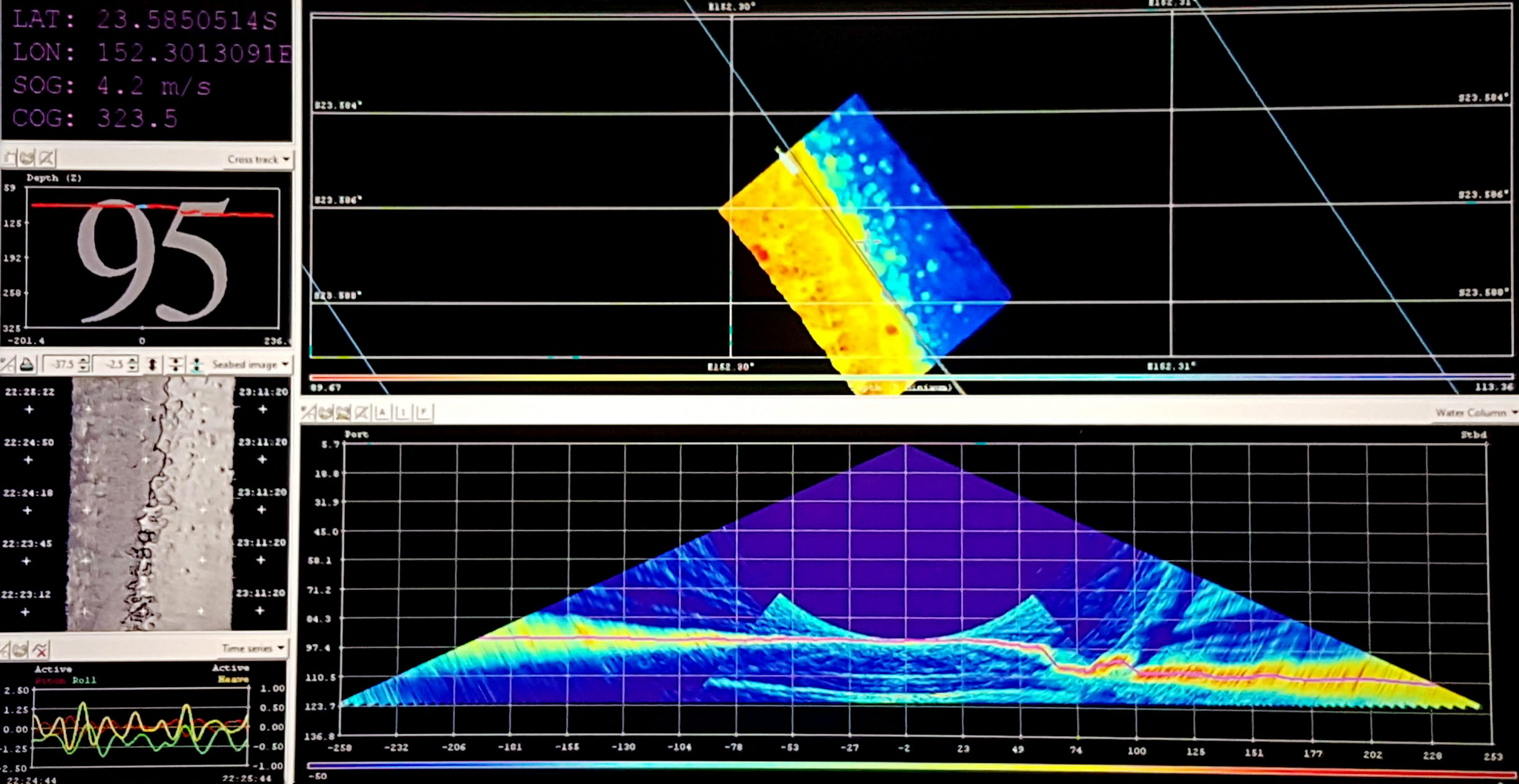


Data & Publications
ADCP data is curated and archived at University of Hawaii.
Raw environmental sensor data collected by Falkor is curated and archived at Rolling Deck to Repository.
Acoustic backscatter, swath bathymetry, magnetics and navigation data are curated and archived at MGDS.
Seabird Observation records have been published by CSIRO and at Ocean Biodiversity Information System (OBIS).
- Beaman, R. (2021) Schmidt Ocean Institute R/V Falkor Australia Campaign 2020-2021. Oral Presentation and Conference Paper, Sub-Committee on Regional Undersea Mapping, General Bathymetric Chart of the Oceans, Virtual from Paris, France.
- 30 Day Preliminary Cruise Report: Pinging in the New Year
- Johnson, A. (2021). Bathymetric Exploration of the Tasman and Coral Seas aboard the R/V Falkor. Quaternary Australasia, Vol. 38, No. 1, 11-13.
- Final Project Report: Pinging in the New Year: Mapping the Tasman and Coral Seas
- Beaman, R., Picard, K., and Miller, A. (2022). RV Falkor Surveys in Australia 2020-2021. Oral Presentation and Conference Paper, Hydrospatial 2021 Conference, Australasian Hydrographic Society, Cairns, Australia. [Abstract and presentation are OPEN ACCESS].
- Final Expedition Report: Pinging in the New Year: Mapping the Tasman and Coral Seas
In the News
First New Seafloor Map of the Decade Collected on New Year’s Expedition in Australian Waters
SevenSeas • February 1, 2021
FIRST NEW SEAFLOOR MAP OF THE DECADE
Sea Technology • January 11, 2021
First New Seafloor Map of the Decade Collected in Australian Waters
ON&T • January 4, 2021
Scientists aim to map entire ocean floor by 2030 with sonar project
AFED • January 4, 2021
First New Seafloor Map of 2021 Collected on New Year’s Expedition in Australian Waters
Hydro International • January 2, 2021
Palo Alto-based institute supports team’s daunting task of mapping world’s ocean floor
ABC7 • December 31, 2020
Scientists ‘ping’ in the New Year with sonar project aiming to map entire ocean floor by 2030
The Independent • December 31, 2020
ATLAS research project discovers new species in lowest depths of the ocean
ABC News • December 28, 2020
